When we talk about the seventh generation of consoles, with the Xbox 360 and PlayStation 3, it's impossible not to feel a certain nostalgic pull. It was a time when technological leaps seemed revolutionary, but above all, it was a period marked by games that became true classics. Many of them, in fact, continue to be remembered and played to this day, not only for nostalgia's sake but because they still deliver superior experiences to many modern titles. In this article, we'll revisit 10 great games that marked this generation and that, in many ways, still manage to be better than many current releases.
Assassin's Creed IV: Black Flag
Released in 2013, Assassin’s Creed IV: Black Flag was a milestone in the Ubisoft franchise and continues to be remembered as one of the best pirate-themed games ever made. Set at the height of the golden age of piracy, the game puts the player in the shoes of Edward Kenway, a charismatic pirate and assassin who experiences adventures amidst naval battles, tropical island exploration, and epic confrontations.
The title boldly expanded the traditional Assassin's Creed formula, offering not only the traditional assassination missions and urban exploration but also an innovative naval system that became its main attraction. The sensation of sailing the Jackdaw, weathering storms, and engaging in high sea combat remains unique, surpassing the charisma and freedom of many games of the current generation.
Another highlight is the immersion: the pirate songs sung by the crew, the lush tropical visuals, and the narrative that blends fiction with historical figures create an unforgettable universe. Even today, few games can capture the same spirit of adventure on the high seas.
Black Flag proves that the seventh generation had the courage to try things out, creating experiences that remain fresh and innovative to this day.
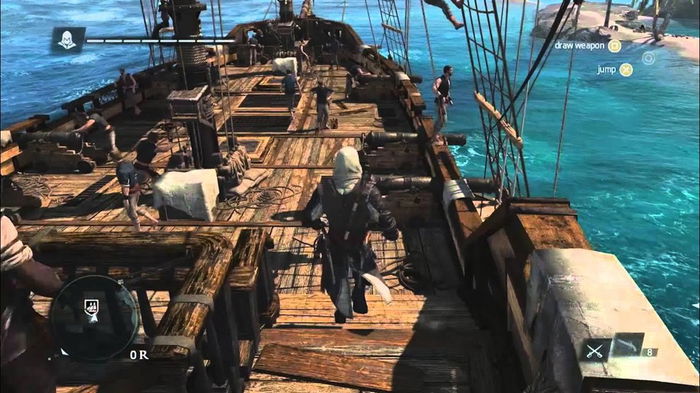
Gears of War Trilogy
The Gears of War franchise was one of the pillars of the Xbox 360 and one of the greatest examples of how the seventh generation managed to elevate third-person shooters. From the first game in 2006 to the third in 2011, the series captivated players with its brutal gameplay, stunning graphics for the time, and a narrative packed with drama and emotion.
The revolutionary cover system became a benchmark, influencing countless subsequent shooters. Gears wasn't just about shooting; it was about feeling the weight of each battle, racing against time, coordinating attacks with allies, and facing colossal enemies like the Locust. The intensity of the battles and the polished gameplay set a standard that many games still strive to achieve.
Furthermore, the trilogy delivered a complete and consistent narrative arc, following Marcus Fenix and his team in a desperate fight for humanity's survival. Unlike many modern titles that suffer from fragmented narratives, Gears of War balanced visceral action with emotional moments, delivering characters that left a lasting impression on fans.
Even with the advancements of the current generation, the feeling of playing the original trilogy remains unsurpassed. The brutality, adrenaline, and emotional weight of these three games make them experiences that remain among the best shooters in history.

God of War III and Ascension
Released on the PlayStation 3, God of War III (2010) and God of War: Ascension (2013) represent the pinnacle of Kratos' classic era. While the new reboot of the franchise brought a more narrative and intimate approach, the seventh-generation titles showcased Kratos at his most brutal, vengeful, and relentless against the gods of Olympus.
God of War III was the climax of the original trilogy. The opening sequence, with the battle in the body of the titan Gaia, is still remembered as one of the most epic introductions ever made in a video game. The game featured colossal battles against gods such as Hades, Hermes, and Zeus, offering a spectacle of choreographed violence that remains impressive to this day.
Ascension, while not achieving the same level of impact, expanded the gameplay with new mechanics and brought impressive technical quality, demonstrating the limits of the PS3's graphics capabilities.
Compared to current games, these titles still stand out for their boldness, epic scale, and intensity. While many modern games strive for realism and emotional depth, God of War in the PS3 era delivered pure catharsis: bloody battles, grandiose settings, and the feeling of truly challenging the gods.
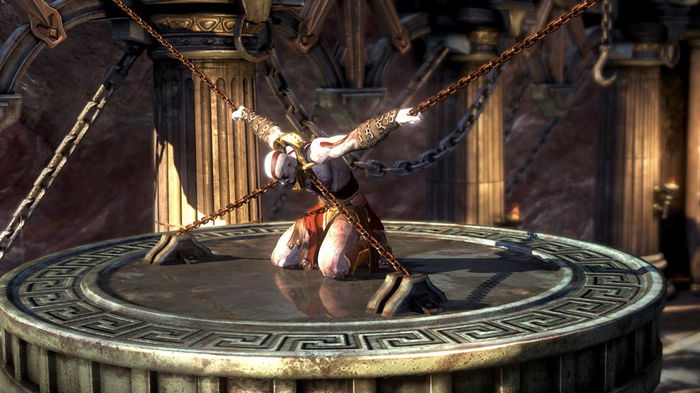
Bioshock Trilogy
The Bioshock series (2007, 2010, and 2013) is one of the greatest legacies of the seventh generation. More than just first-person shooters, the three games are unique narrative experiences, blending philosophy, aesthetics, and gameplay in an unforgettable way.
The first Bioshock introduced us to the underwater city of Rapture, a decaying and terrifying place that remains one of the most iconic settings in gaming. The combination of gameplay freedom, powers known as Plasmids, and the oppressive atmosphere made the game an instant reference.
Bioshock 2, though less celebrated, expanded on the original's ideas and introduced the experience of controlling a Big Daddy, delving even deeper into the mythology of Rapture.
Bioshock Infinite, set in the floating city of Columbia, brought a vibrant aesthetic, a bold narrative about politics, religion, and multiverses, and a moving relationship between Booker and Elizabeth.
The trilogy's cultural and narrative impact is so strong that few current games can rival it in terms of thematic density. Today, many titles attempt to emulate Bioshock's depth and atmosphere, but few come close.

Tomb Raider (2013)
The 2013 Tomb Raider reboot brought back Lara Croft in a much more human and intense approach. Unlike the nearly unattainable heroine of previous generations, here we see a young archaeologist fighting for survival on a hostile island, facing not only armed enemies but also the wilds and her own fears.
Crystal Dynamics nailed it by combining cinematic action, exploration, environmental puzzles, and a coming-of-age narrative. The game featured epic sequences, such as the escape from the crashing plane, but also moments of vulnerability, showing Lara growing in the face of adversity. This duality between fragility and determination won over players and cemented the character as one of the icons of the seventh generation.
Technically speaking, Tomb Raider was impressive. The graphics, physics, and sense of exploration were far ahead of their time, setting a standard that remains difficult to surpass. Even the most recent games in the franchise, while more refined, don't quite match the initial impact of this reboot.
The title also helped shape the style of modern cinematic adventures, influencing other franchises without losing its identity. Even today, revisiting this game is a reminder of how a reboot can be boldly executed, respecting the legacy while reinventing it for a new generation of fans.
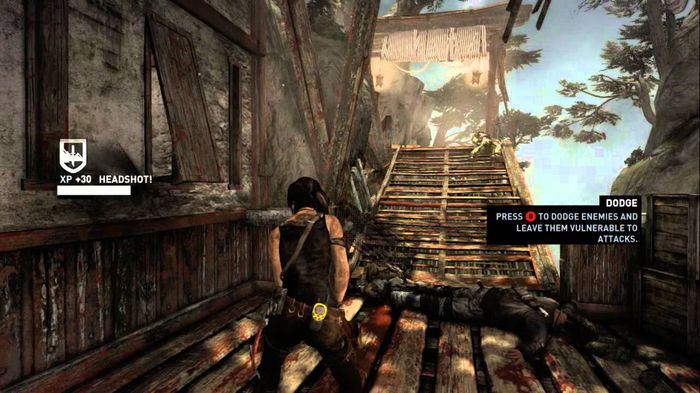
Dark Souls I and II
The Dark Souls saga began in 2011 on PS3 and Xbox 360, and quickly became a revolution in the way we understand difficulty and game design. The first title introduced an interconnected world, full of secrets, shortcuts, and a dark setting that rewarded careful exploration. Its challenging but fair difficulty taught players to observe, learn from mistakes, and evolve.
Dark Souls II, released in 2014, although more controversial, expanded the formula with new areas and systems, maintaining the philosophy of reward for effort. Both games cemented FromSoftware's identity, which years later would gain even greater recognition with Bloodborne and Elden Ring.
Compared to many contemporary games, Dark Souls still stands out for its authenticity. There are no expository tutorials, no safety nets for the player: learning comes from mistakes, and the feeling of victory is much more intense precisely because of this.
Beyond the gameplay, the atmosphere of the games is unique. The silence of the areas, the colossal bosses, and the narrative told fragmentarily through descriptions and environmental storytelling create an experience few modern games can replicate.
Today, "Souls-like difficulty" has become a trend, but nothing replaces the feeling of playing the originals back in the day.
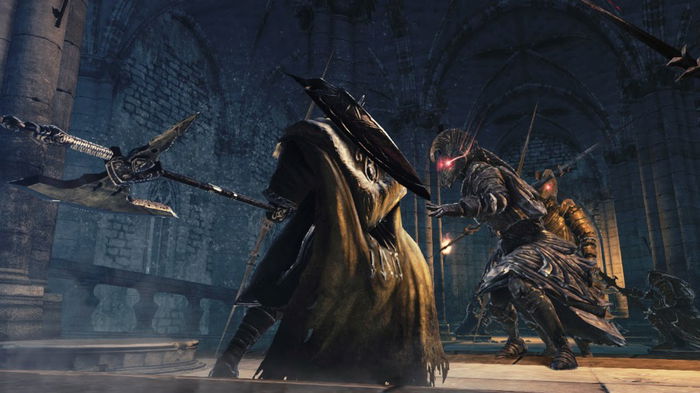
Uncharted Trilogy
The first three Uncharted games (2007, 2009, and 2011) were instrumental in defining the cinematic style in video games. The series featured Nathan Drake on global adventures filled with gunfights, daring climbs, and Hollywood-worthy set pieces.
Uncharted: Drake's Fortune introduced the formula, but it was with Among Thieves that the franchise reached new heights. The train sequence, for example, is still remembered as one of the most iconic in gaming history. Drake's Deception further expanded the grandeur, with impressive settings, such as the ever-changing desert.
The trilogy's greatest achievement was combining engaging gameplay, cutting-edge graphics, and cinematic storytelling, without sacrificing charismatic characters. Nathan, Elena, and Sully became beloved figures, and the lighthearted humor contrasted perfectly with the thrilling action.
Compared to current games, the trilogy remains competitive. While many modern titles attempt to emulate the cinematic adventure formula, few manage to replicate Uncharted's balance of narrative, exploration, and action. These games defined the generation and set a standard that shaped much of the industry today.

Metal Gear Solid 4: Guns of the Patriots
Released exclusively for the PS3 in 2008, Metal Gear Solid 4 is a milestone not only for the franchise, but also for the seventh generation itself. Directed by Hideo Kojima, the game featured a bold blend of action, espionage, and complex narrative, crowning the Solid Snake saga with an epic conclusion.
The game impressed with its graphical quality, cinematic cutscenes, and the way it balanced stealth with intense combat. The battles against members of the Beauty and the Beast unit, the duel with Vamp, and the iconic final fight against Liquid Ocelot are moments that remain etched in the memory of any fan.
But beyond the gameplay, it was the narrative that elevated the title. The story addressed themes such as aging, political manipulation, technological warfare, and identity, creating a dense plot that remains a benchmark in storytelling in gaming.
Even today, few titles manage to deliver such an ambitious blend of gameplay and narrative. Metal Gear Solid 4 not only stood out for its boldness but also cemented the idea that video games could be as cinematic as big-budget films.
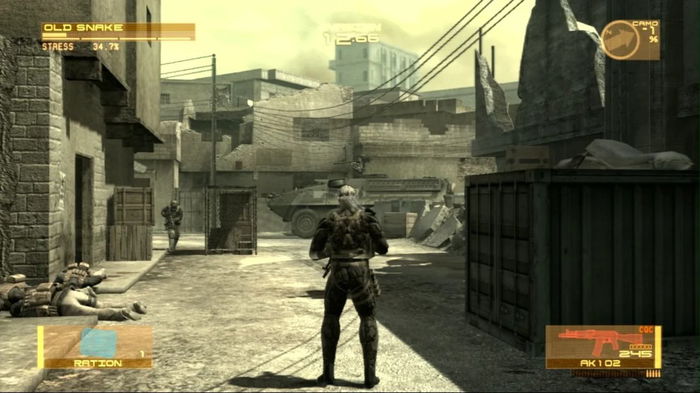
Max Payne 3
Released in 2012 by Rockstar, Max Payne 3 was a game that initially divided opinions, but over time came to be recognized as a masterpiece. The title brought back the iconic, tormented detective, now older, angsty, and lost in a spiral of violence.
The gameplay maintained the famous "bullet time" feel, but with impressive technical refinement. Max Payne 3's gunfights are still considered among the most fluid and intense ever made, with realistic physics, dynamic coverage, and an unparalleled cinematic feel.
The setting also made a difference. Instead of the dark streets of New York, Max was transported to Brazil, with favelas, nightclubs, and soccer stadiums serving as backdrops for intense action. Rockstar delivered a stylized and dark portrait of the country, giving the game a unique identity.
Furthermore, the narrative was mature and heavy, exploring themes of addiction, depression, and urban violence in a raw manner. Few current games have the courage to tackle such serious themes without softening the experience.
Max Payne 3 remains a title that has aged incredibly well and demonstrates how Rockstar has always been at the forefront of narrative and cinematic gameplay.
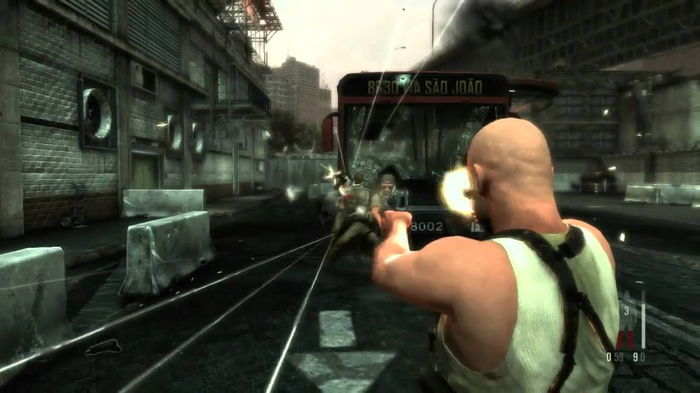
Crysis Trilogy
The Crysis trilogy is remembered as a technical milestone of the seventh generation, especially the first game, released in 2007, which became synonymous with cutting-edge graphics. The meme "can it run Crysis?" arose because few PCs could run the title at its highest quality.
However, the series wasn't just about stunning visuals. It featured open-ended gameplay, allowing players to choose different approaches thanks to the nanosuit, which offered abilities like super strength, invisibility, and speed. This freedom made each encounter unique, allowing for everything from stealth to devastating direct attacks.
Crysis 2 and Crysis 3 expanded the narrative and took combat to urban environments, bringing even more possibilities and raising the technical level of the consoles.
Today, even with technological advancements, few games offer the same sense of strategic freedom that the Crysis trilogy provided. The combination of tactical sandbox gameplay, revolutionary graphics, and an engaging sci-fi narrative keeps the series as one of the most iconic of its time.
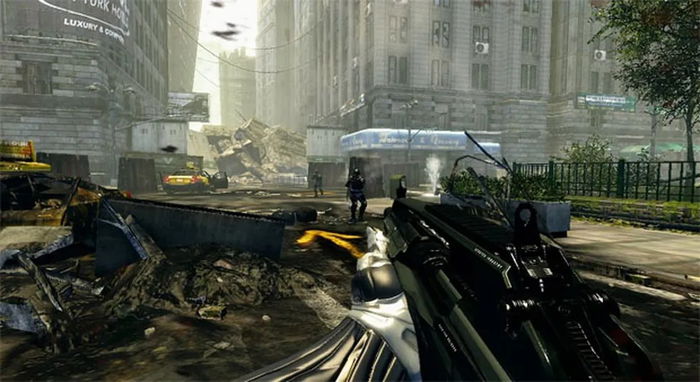
Conclusion
The games of the Xbox 360 and PS3 generations marked an era of boldness and creativity that, in many ways, has yet to be surpassed. Each title on this list brought something unique—whether it was a revolution in gameplay, unforgettable narratives, or an immersive atmosphere that still impresses today.
While the current generation offers more realistic graphics and larger worlds, the seventh generation proved that innovation, identity, and boldness are the true ingredients of a classic. Therefore, these games remain relevant, and revisiting each one is a reminder of what made that era one of the most defining moments in video game history.









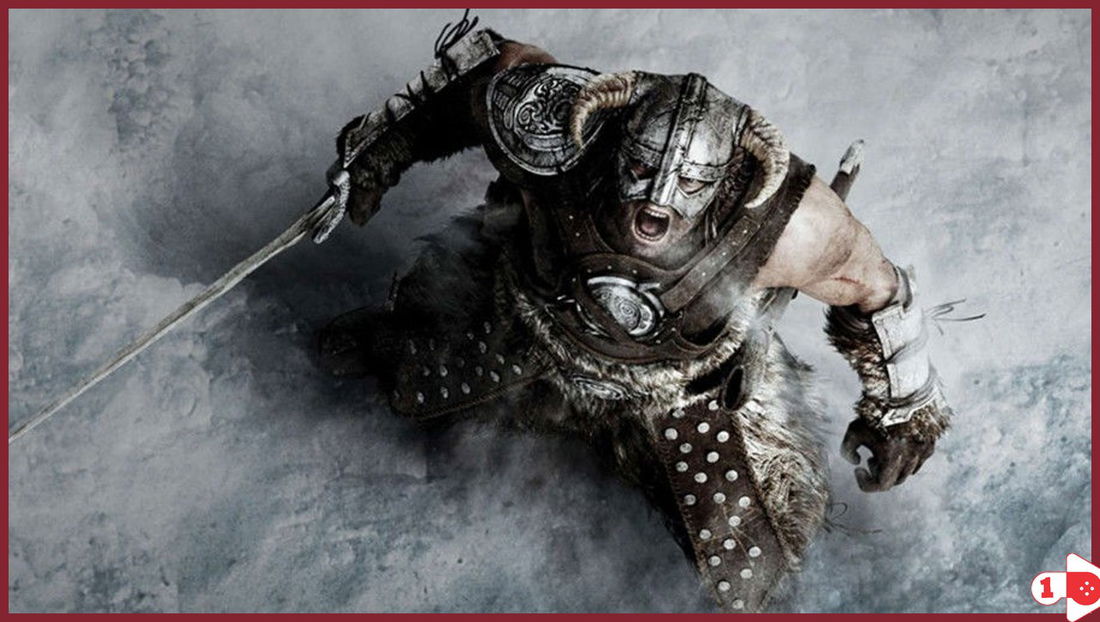



— Comments 0
, Reactions 1
Be the first to comment